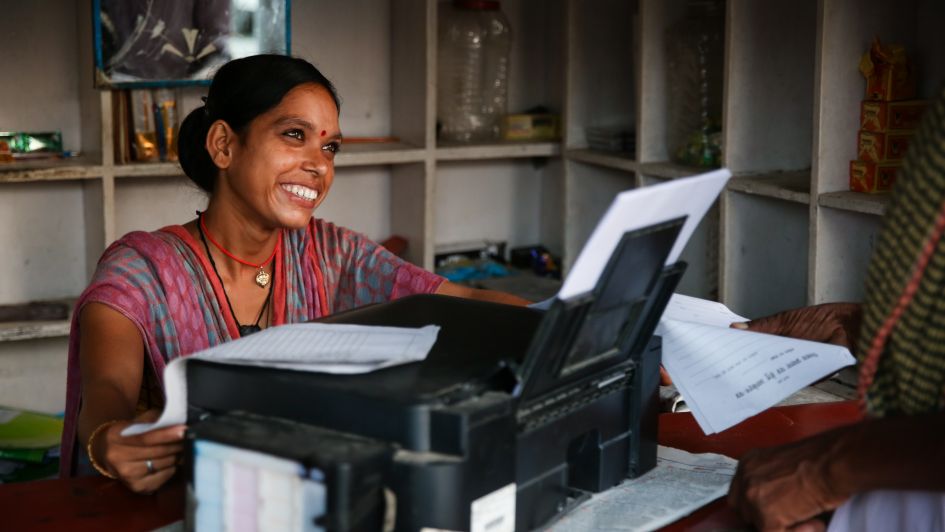Two of every five rural consumers in India are unsatisfied with service from state-run power utilities and millions remain without electricity despite declarations of 100% household access, according to new research from Smart Power India (SPI) and Initiative for Sustainable Energy Policy (ISEP). In addition, more than one-third of small rural businesses remain without grid electricity.
The findings are based on primary data from customer surveys of more than 10,000 rural households and 2,000 rural enterprises across four Indian states -- Odisha, Rajasthan, Uttar Pradesh and Bihar -- making it amongst the largest rural electricity customer surveys.
The survey found that only 60% of the electric grid-users are satisfied with their services, while the remaining 40% are dissatisfied, or indifferent. Extent of satisfaction among customers of rural electricity is driven far more by perceptions of reliability and adequacy; both qualities rank above the perception of affordability, the survey found.
"Such high levels of dissatisfaction should be a cause for concern, as they are linked to negative perceptions of electricity service," the report said.
Private mini-grids, however, have a higher rate of customer satisfaction, suggesting that a high-quality, reliable, and customized electricity service can help improve customer satisfaction. More than 80% of mini-grid users are satisfied or very satisfied with their connections, despite citing affordability challenges and availing, on an average, only 6 hours of mini-grid electricity a day. Overall, non-grid sources such as solar home systems, rechargeable batteries, mini-grids, and diesel generators form an important part of rural electricity mix; 16% of households and 40% of enterprises use non-grid sources, the research found.
Even as the electrification of “willing” households is close to saturation, the report said, 5.8 million households are still without electricity access (see more on that in a recent article on the limits of India's household electrification scheme, also known as "Saubhagya".
The new report made several policy recommendations to improve the situation, including:
- Policy makers and utilities should focus more on rural enterprises engaged in non-farm activities. These are the potential paying customers with a steady demand for quality electricity supply. Some of these enterprises currently use expensive sources such as diesel generators—and that is lost revenue for utilities.
- In order to make grid-electricity attractive for rural customers, electricity utilities need to ensure universal meter coverage, and timely billing and payment collection. This can help alleviate negative concerns about the affordability of grid-electricity and ensure sustained electricity use, particularly for customers with limited needs and capacity to pay.
- Electricity service providers need to adopt a customer-first approach and consciously work toward improving customer satisfaction levels. This means prioritizing improved reliability and quality of their supply.
- Given the role of non-grid solutions in facilitating electricity access, there is a parallel need for continued policy support for these solutions. They could supplement as well-as complement the efforts for electric grid-based rural electrification.
- Concerted efforts are needed to boost rural electricity demand through provisioning of reliable supply and enabling new productive use activities. Policies need to support adoption of medium to high-power appliances in rural areas.
